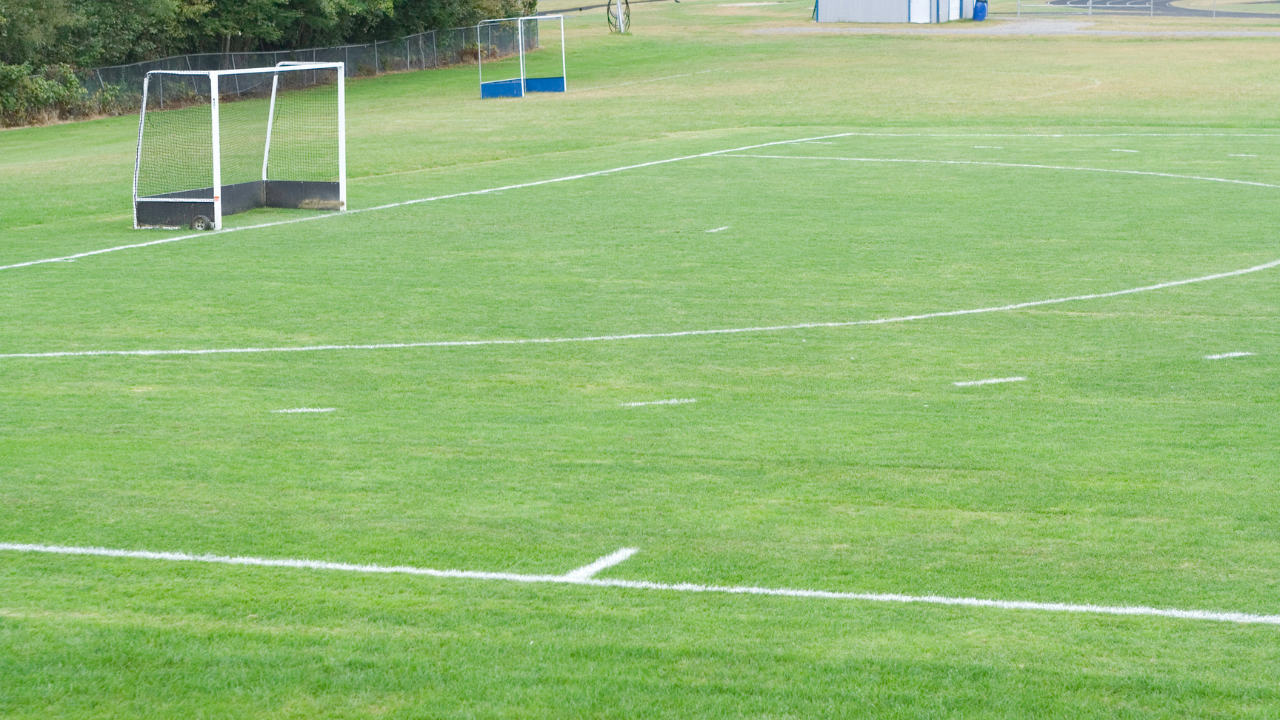Playground construction involves many decisions that affect your budget, from seating areas and surfaces to Sports field design and contractors. Understanding the factors that affect your playground cost can help you make better choices and keep your project within budget. Below are five key elements that will shape the total cost of your playground.
Also, Are you looking for outdoor gym equipment manufacturers in India?
1. Seating
One of the most influential factors in a playground budget is the seating arrangement. The number of guests you plan to accommodate will largely dictate how much you’ll have to invest. If you’re building a field in a rural area or for smaller events, opting for simple bench-style seating may be more cost-effective. Basic bleachers can significantly reduce costs compared to full-scale stadium seating, which requires higher-quality materials, better infrastructure, and more safety features._
On the other hand, investing in more sophisticated seating options is inevitable if you plan to hold larger tournaments or events with more spectators. These include more comfortable individual seats or luxury VIP boxes for premium ticket holders. However, increasing the seating capacity usually comes with higher costs for other factors such as security, amenities, and maintenance._
2. Selecting the best field surface
One of the most important choices that will determine long-term field costs is choosing the right surface. Natural grass fields may seem like a budget-friendly option initially, but maintenance, water bills and susceptibility to weather damage can increase expenses over time. Regular mowing, irrigation and re-seeding are necessary to keep natural grass in top condition, which adds to the overall operating budget.
Alternatively, artificial turf is more expensive to install initially, but often proves to be more economical in the long run. With artificial turf, you reduce maintenance costs related to watering, mowing and repairs. The latest synthetic options offer improved player protection, durability and even specific designs for different sports such as soccer, football or field hockey. Depending on the intensity and frequency of use, you can choose from turf with increased shock absorption, drainage or optimized durability. This is especially important for multi-purpose fields or high-impact sports, where player safety and turf longevity are priorities._
3. Field Size and Design
Both the size and layout of your field are important in determining overall expenses. Larger fields naturally require more materials, labor and equipment to build. Additionally, complex designs with multiple elements – such as specific playing areas, customized boundaries and additional features like goal posts or special lighting – will increase costs.
Working with a field design professional or contractor can help simplify these decisions and reduce unnecessary expenses. Choosing a simple layout and design, especially in the early stages, is often a smart move to keep costs manageable. You can also upgrade over time, starting with a more basic design and later adding premium features like a scoreboard or advanced drainage system as budget allows.
4. Field Location and Environmental Factors
Choosing the best location for your playing field is another important factor when calculating total costs. Environmental factors such as soil quality, drainage, the presence of wildlife and weather conditions can affect your field’s durability and maintenance needs. Building in an area with poor drainage or high runoff requires the installation of additional water management systems, which can increase both initial and ongoing costs.
Also, outdoor fields in areas with heavy rainfall or frequent wildlife presence may require more protection and maintenance. Fencing, protective netting, and special turf designed for wet weather are all additional expenses that should be considered. Doing proper research on the location and investing in appropriate environmental protections at the beginning can reduce the long-term costs associated with repairs and maintenance.
5. Choosing the Right Field Contractor
Finally, working with an experienced and cost-effective contractor can make or break your playground budget. A professional contractor will not only help you make informed decisions, but will also handle the logistical aspects of installation and maintenance. Experienced contractors often have partnerships with turf suppliers and equipment manufacturers, helping them get better pricing on materials. They can also help with cost-saving recommendations, from choosing the right turf to managing timelines for construction and repairs.
In addition to installation, contractors who provide ongoing maintenance services can ensure that your field stays in top condition without straining your budget. Regular inspections and proactive repairs can prevent bigger, more costly problems from developing later on.
Conclusion
By taking these five main factors into consideration – seating arrangement, field surface selection, size and design, location, and contractor choice – you can create a sports field that meets both your functional and budgetary goals. From reducing long-term maintenance with artificial turf to working with an experienced contractor, each decision plays a role in determining the cost of your sports field.
Understanding these factors and planning accordingly will allow you to create a durable, well-designed sports field that stands the test of time, ensures a great experience for players and spectators while not breaking the bank.
